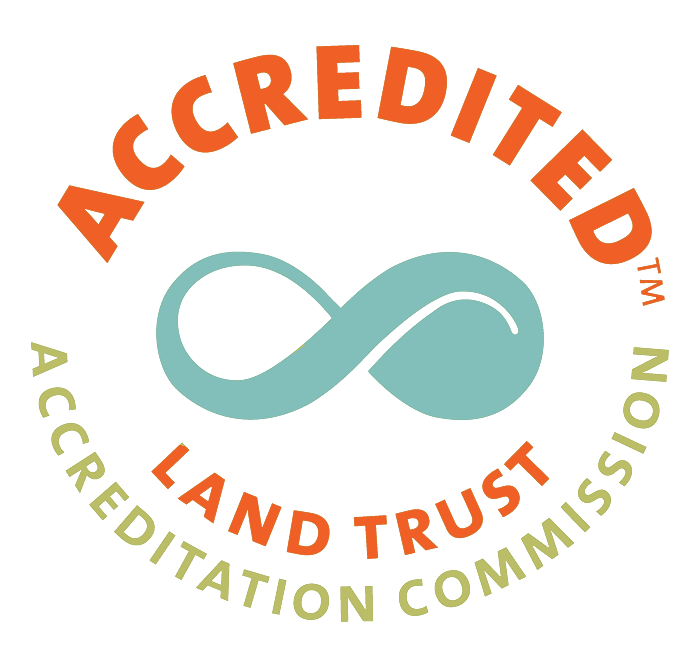December 2023 Kids’ Corner
from the Gale River Cooperative Preschool
During December we look to evergreens for the pop of color in a world of hopefully white, but more often, brown. The trees we often lump into the category of “pine trees” include spruces, firs, pines, hemlocks and cedars. The trees many of us associate with the classic Christmas smell are actually balsam firs. Different conifers like to grow in different areas. Red and white pines grow in sandy soil and are often found on the edges of water bodies. White pines have bunches of five needles and red pines have bunches of two. Spruces and firs will grow scattered throughout the hardwood forests, generally in nutrient poor soil. You can tell them apart by remembering “flat fir and spiky spruce” as fir needles are flat and smooth while spruce are round and spiky! As you go up in elevation on a mountain, you leave the hardwood zone dominated by birches, maples and beeches and find yourself in the boreal zone, or the spruce fir forest. These are generally balsam firs and red spruce as well as some paper birch trees. In the alpine zone, above the tree line, we see stunted black spruce and balsam fir trees. These trees are so battered by the wind and weather they develop flagging, or branches only growing away from the wind, or begin to grow out in a mat to avoid wind. We call these trees krummholz meaning twisted, bent, or crooked wood in German.
There is one conifer that does the one thing they’re known for not doing, shedding its needles! Tamarack trees are conifers with needles in bunches of 13 that turn yellow and fall off in autumn. They are most common in boggy or wetland areas. Most conifers hold on to their needles because they’re not as good at photosynthesizing but don’t take as much energy to maintain. By having them ready to go, they get a jump on the photosynthesis season in the spring. Tamarack needles are actually really efficient, and the tree can absorb more of the nutrients from the needles before they fall so they are worth replacing in the spring. Tamaracks are also well adapted to cold weather and by losing their needles, lose less nutrients to the elements.
Whether you’re cutting a conifer to decorate in your home or admiring their snow-covered boughs on a winter walk, conifers brighten up our landscape with green through one of the harshest times of year.
Want tips on how to explore conifers? Check out some fun ideas below!
Tree ID is a really fun and tactical way to explore nature! Since up close, conifer needles are fairly different, it’s easy to go on an adventure to try and find as many different species as you can. A tree ID guide would be helpful as it can get specific as to how long certain needles or cones are (great measuring practice!) and show you pictures to compare against.
Pine needle tea is a fun way to bring cooking into outdoor adventures. Many communities, including Native Americans, have made pine needle tea. One of the main benefits is the high level of vitamin C in the tea. Around here, white pine needles would be good to use. Once you harvest some (make sure to double check their ID!) simmer then in water for about 10 minutes or until you smell a strong piney scent. The tea will taste like pine, and you could add some honey to sweeten it if you like.
Interested in conifer activities and crafts? We’ve got you covered!
One craft that I’m sure jumps to many minds is wreaths! Despite appearing complex, wreath making is quite simple. You need a strong wire or metal circle and cut balsam fir boughs. You can do this on a smaller scale with a wire coat hanger you bend into a circle. Simply weave the boughs around the wire using small pieces of green wire to secure any ends sticking out. Do this around the circle until you like the look then feel free to add a bow or other decoration!
Pine pillows are another fun craft to make. The name is deceiving though, as you should use balsam fir needles instead of pine for that strong smell. This is also a good craft to do with a leftover Christmas tree because using needles that have dried out for a bit minimizes the chance of molding. For children, using staplers instead of sewing needles can be a fun way to simplify the project. Cut out two rectangular pieces of cloth and line them up. Sew or staple the edges until you’ve done three edges and part of the fourth. Turn your pillow inside out and stuff with needles and if you like cotton balls or other fluffy filling. Then finish sewing. Pine pillows are great to leave in a drawer to make your clothes smell nice or use as decoration.





